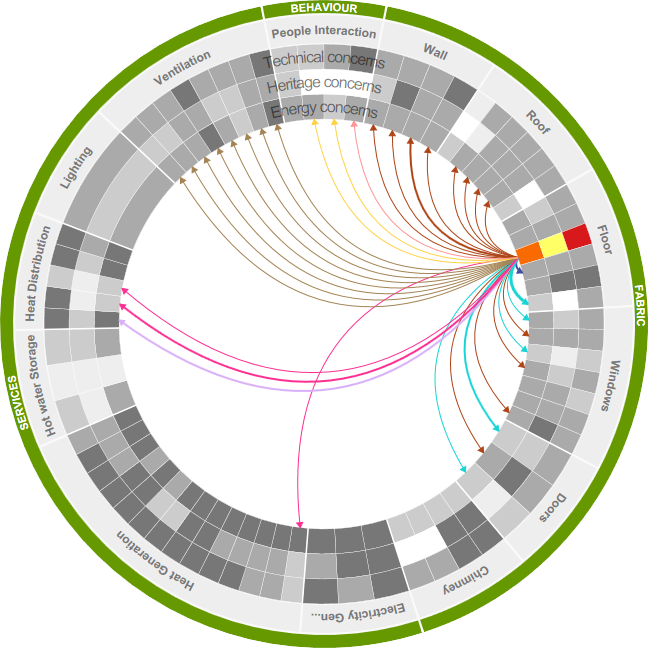Reference: The usability of control interfaces in low-carbon housing, Architectural Science Review, 56:1, 70-82 ( 2013) Stevenson F, Carmona-Andreu I and Hancock M
Original document location: Click here
Abstract or summary
For the same type of house, energy and water use can vary by up to 14 times between different households in low-carbon housing. This article assesses the usability of key human control interfaces in two contrasting case studies of low-carbon housing, using building performance evaluation and a usability matrix tool. It situates the discussion within socio technical theories of habit, practice, capabilities and emergent properties in products which facilitate easy, rewarding and energyefficient learning. Key findings reveal poor design features and occupant lack of understanding including specific aspects of centralised mechanical heating and ventilation systems. Lessons learnt and recommendations are highlighted for design guidance and policy consideration. These include a more user-centred approach to design and testing of products, and key areas of focus in relation to delivering low carbon homes that are more controllable and therefore more comfortable.



